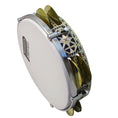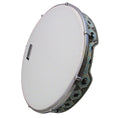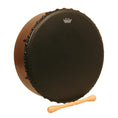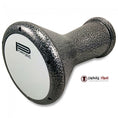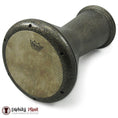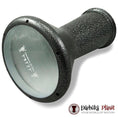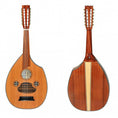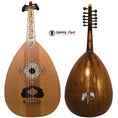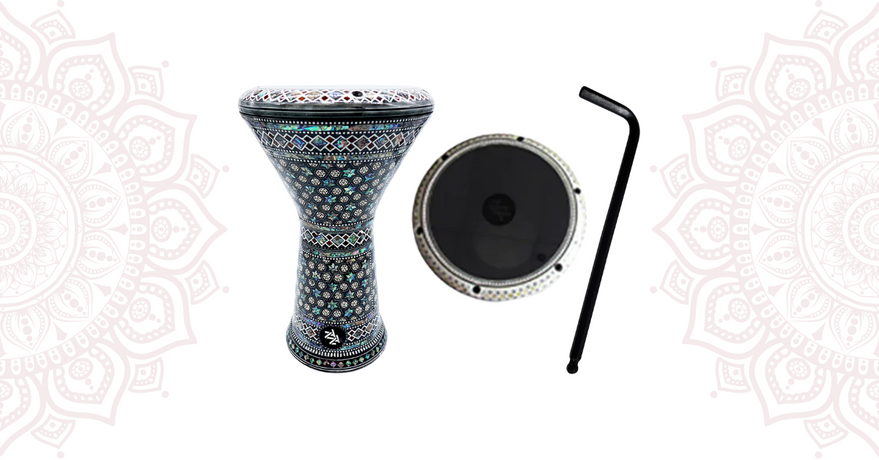- No products in the cart.
Tuning your Darbuka: Everything that you must know!
04
Jan
Maintaining and caring for your instrument is vital for every musician. A well-tuned instrument sounds soulful and enables you to produce a more beautiful sound.
Have you ever heard of a musical instrument that is out of tune? Doesn't it sound terrible?
Being a percussion instrument, the Darbuka provides a little more flexibility. Nonetheless, it is crucial to maintain your Darbuka in excellent tune and tone.
BEFORE YOU BEGIN TO TUNE: Remember!
Before tuning your Darbuka, you need to know what needs to be done. Here are the three most common problems that you might encounter with while tuning your Darbuka:
-
THE DARBUKA SOUNDS OVERLY HIGH-PITCHED OR CRISP
The Darbuka has a harsh or high-pitched sound. The Tek strokes have lost their ring since Darbuka's tight tuning has "choked" them. Because the skin is so tight, it cannot vibrate correctly, causing the Doum strokes to sound flat.
The Darbuka must be tuned to a lower pitch by releasing the tuning nuts to resolve this issue.
-
THE DARBUKA SOUNDS TOO DEEP AND BOOMY
The Tek might not sound correct because the skin might be too loose. The pitch of the Tek should usually be closer to that of a church bell, and it may even sound bassy (remember that the Tek should never produce bass sounds!). The Doum might also have similar issues if the skin is loose and vibrates excessively.
The Darbuka must be tuned to a higher pitch by tightening the tuning nuts to resolve this issue.
-
THE DARBUKA SOUNDS UNSTABLE
One of the crucial problems is instability which happens with a few drums, especially when an inexperienced individual attempts to tune a darbuka. In this case, the sound of the Darbuka is unsteady. The Tek might not function correctly because of an uneven head, and its pitch may vary to ring in one clear tone.
If you find an unstable Doum sound, detecting any instability in the Tek (or Ka) is crucial.
Now this problem may arise when your Darbuka's head is fitted improperly—thinking how you can identify this condition? You may determine this condition by measuring the distance between Darbuka's head and body.
If the gap is uneven, for example, more prominent on one side of the Darbuka than the other, then the head has been fitted unevenly. The first step is to stabilize the skin of the Darbuka by tightening or loosening the tuning bolts until the gap is uniform around the entire circumference of the instrument.
If this gap is even and your Darbuka continues to sound unsteady, you will need to replace the skin. This is due to the uneven setting of the skin's plastic molecules because of extreme heat exposure. Amazon, a local drum shop, or our website all sell replacement skins.
How to tune a Darbuka?
After determining what needs to be done, you may execute one of three tuning actions. You must either tighten, loosen, or stabilize the skin of the Darbuka.
- To Tighten or Loosen The Darbuka Skin
- Insert the Allen key into the first tuning bolt
- 1/4 turn anticlockwise or clockwise to loosen or tighten the first bolt.
- Turn the Darbuka by a quarter to loosen or tighten each bolt.
- Keep moving around the drum and repeating steps 1 to 3 until you obtain an acceptable sound quality.
Ready to join our family?
Now that you have a clear idea of how to tune a darbuka, you must avoid extremities while adjusting a Darbuka, such as tuning too low or too high.
We take pride in delivering premium Darbuka's. Look no further than Darbuka Planet for a wide selection of musical instruments!








